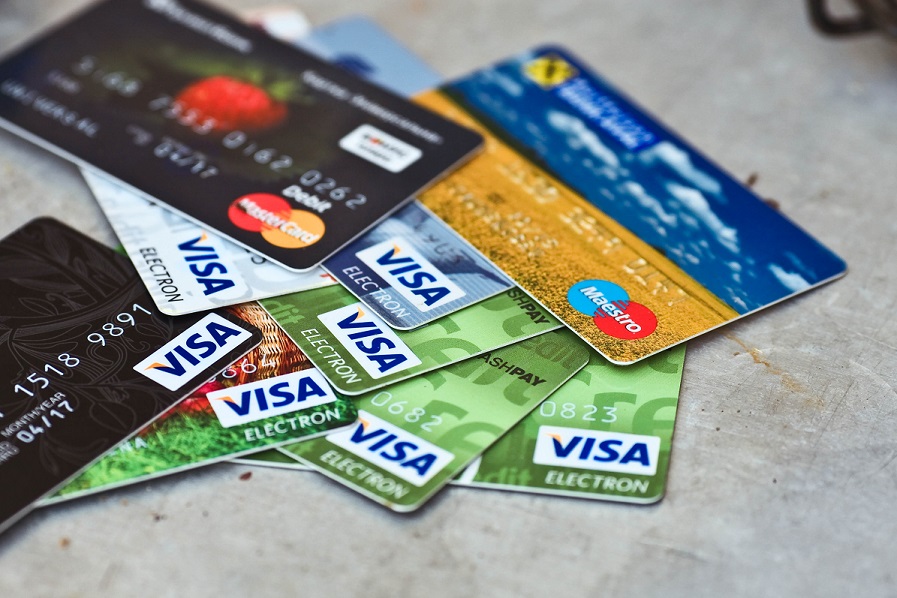Credit Utilization: Everything You Need To Know

How the credit bureaus determine a person’s credit score is a mystery to most people and for good reason. Your credit score may reflect a single number, but the bureaus actually weigh five factors to come up with it:
• Payment history
• Credit utilization
• Credit mix
• Hard inquiries
• Credit length
Payment history is the most significant influencing factor, accounting for 35% of your credit score. Credit utilization is the second most influential factor, accounting for 30%. If you want to maintain a good to excellent score, you need to better understand credit utilization.
Defining Credit Utilization
Credit utilization refers to your debt-to-credit limit ratio. Simply put, it measures how much credit you’re currently using against your available limit. For instance, say you have five credit cards with a combined limit of $10,000. Your total outstanding balance is $4,000. Your credit utilization rate is 40%. The ideal credit utilization rate is 30%.
Understanding Why Credit Utilization Matters
Lenders and credit card issuers use credit utilization ratios as indicators of future risk and spending behavior. A higher utilization rate suggests that you are either guilty of irresponsible borrowing or that you rely too much on credit to sustain your current lifestyle. It also tells lenders that you are at risk of defaulting on your payments.
The credit bureaus do not applaud risky behavior. To make consumers see the errors of their credit-happy ways, the bureaus may decrease scores as credit utilization rates go up.
Differentiating Between Line Item and Aggregate Utilization
To make matters even more complicated, the credit bureaus measure two types of utilization: line item and aggregate. Line item utilization refers to your utilization rate on each credit card. For you, it may break down like this:
• Credit Card A: $500 balance / $800 limit = 62.5% utilization
• Credit Card B: $1,000 balance / $5,000 limit = 20% utilization
• Credit Card C: $3,000 balance / $10,000 limit = 30% utilization
The aggregate utilization refers to the average utilization rates of all your credit cards. You can calculate yours by adding up your total debt and dividing it by your aggerate credit limit. In your case, the equation may look like this: $4,500 / $16,300 = 27.6%.
The credit bureaus give weight to both your line item and aggregate utilization rates. To obtain and maintain a good credit score, FICO recommends keeping both as low as possible.
Making Credit Utilization Work for You
There is no denying that credit utilization impacts your credit score. Fortunately, there are ways you can make it work for you.
Reduce Your Balances and Keep Them Low
The best way to make credit utilization work in your favor is to pay down your balances and keep them as low as possible. Once you reduce your debt to a manageable level, only use credit to make small purchases, and pay off the balance right away.
Request a Limit Increase or Acquire New Credit
Debt reduction can take some time, especially if you used credit irresponsibly in the past. A quick fix to get your rate down is to ask for a credit limit increase or apply for new credit. The former is preferable, as it prevents a hard inquiry on your report.
Change Your Due Dates
It may seem like no matter how much you pay down your debt, your utilization rate never changes. This may be because your lenders report to the bureaus before you have a chance to make a payment. If that’s the case, simply request to move your due date to a week or so before your lenders report.
If you need help getting your credit utilization rate under control, consider getting a personal loan. Shop the best rates and terms now.
